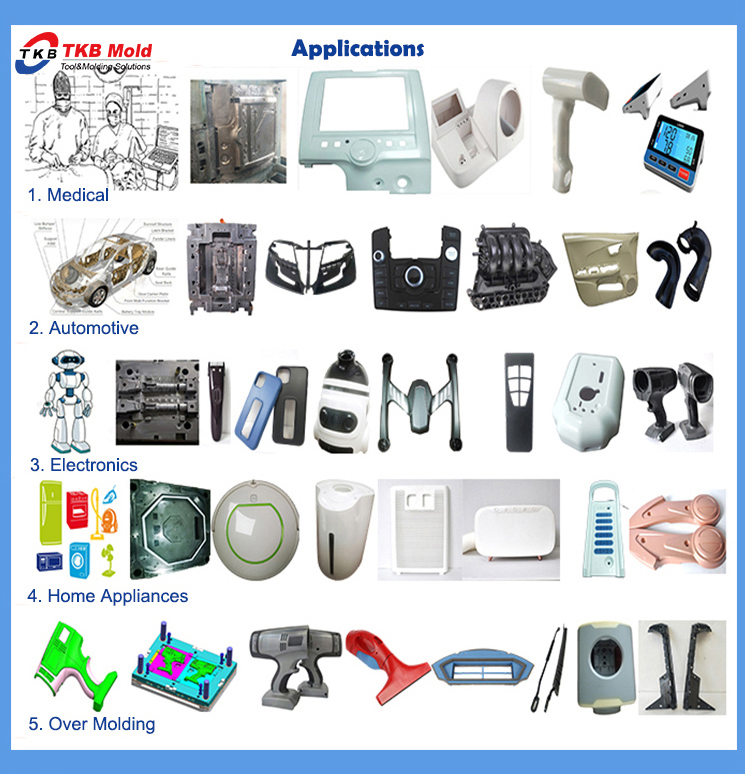
A floor mopping robot mold is a type of manufacturing tool used to create the housing and other components of a floor mopping robot. The mold is typically made from metal and is designed to shape and form the raw materials used in the manufacturing process.
The mold is used in the injection molding process, which involves heating up plastic pellets and then injecting them into the mold to create the desired shape of the floor mopping robot. The mold is then cooled and the finished product is ejected from the mold. This process is highly automated and can produce large quantities of floor mopping robots quickly and efficiently.
The design of the floor mopping robot mold is crucial to the quality and consistency of the final product. Therefore, mold designers use sophisticated computer-aided design (CAD) software to create highly precise and detailed mold designs. The use of CAD software allows designers to simulate the molding process and detect any potential issues before the mold is manufactured, ensuring a high-quality end product.
The floor mopping robot mold typically consists of multiple parts that are assembled together to create the complete mold. These parts include the core, cavity, and other features such as ejector pins and cooling channels. The core and cavity are the main components of the mold and are responsible for shaping the plastic material into the desired shape of the floor mopping robot.
In addition to the core and cavity, the mold may also include other features such as inserts, which can be used to create additional features or details on the final product. The mold may also include hot runners, which are used to maintain the temperature of the plastic material as it is injected into the mold.
Overall, the floor mopping robot mold plays a crucial role in the manufacturing process of a floor mopping robot, and its design and construction are important factors in ensuring the quality and consistency of the final product.
Plastic molds are tools that are matched with plastic molding machines in the plastic processing industry to give plastic products a complete configuration and precise dimensions. Due to the wide variety of plastics and processing methods, and the complex and simple structures of plastic molding machines and plastic products, the types and structures of plastic molds are also diverse.

Vorherige:Spritzgussform für Haushaltsgeräte
Manufacturing Custom Industrial Molding Parts
2023-6-24
Custom industrial molding parts are critical components in the manufacturing industry. They play a crucial role in creat...
Einzelheiten anzeigenThe new design chair mold subverts your home imagination
2024-3-2
In the vast home furnishing market, chairs are one of the indispensable pieces of furniture in daily life, and their des...
Einzelheiten anzeigenDesigning the Perfect Plastic Garbage Bin Mold: Enhancing Sustainability and Efficiency
2023-11-2
Plastic waste has become one of the most pressing environmental issues of our time. With the increased consumption of pa...
Einzelheiten anzeigenProducing Precise Insert Molding Parts with Unmatched Quality
2023-7-9
Insert molding is a highly efficient and cost-effective process that combines different materials to create functional a...
Einzelheiten anzeigenInjection Molded Plastics: The Key to Quality and Consistency in Manufacturing
2023-5-30
Manufacturing companies around the world are constantly searching for ways to improve the quality and consistency of the...
Einzelheiten anzeigenPrecision Molded Components: Streamlining Electronic Manufacturing Processes
2023-5-21
In today's fast-paced world of electronic manufacturing, precision and efficiency are key factors for success. This is w...
Einzelheiten anzeigen